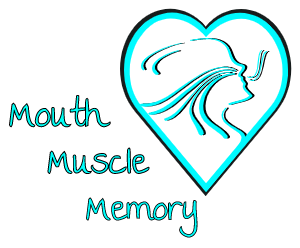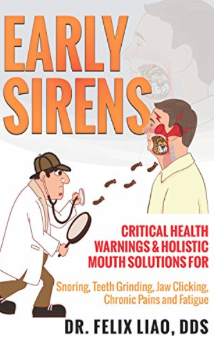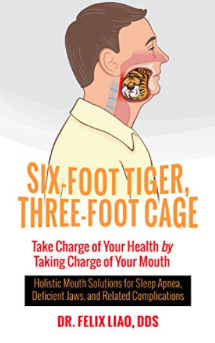TMJ: Symptoms and Treatment
A TMJ disorder simply put means there is pain or tightness in the jaw joint near the ears or the muscles around the ears and under cheek bones. In ideal face and jaw development, one would breastfeed for 2-3 years, get a tongue tie addressed as a baby, and chew firm foods as a child and get nice strong chewing muscles that help guide good growth forward and wide arches. Ideally we can open our mouth with no discomfort or tightness, and it is even and smooth to open and close. Unfortunately with all the undiagnosed tongue ties and the shrinking faces and mouths the last 200 years, we now have TMJ disorders and changes to the jaws.
There are different schools of thought on TMJ pain. When I was trained in dental we didn’t talk about it much. I went to continuing education courses on TMJ disorders and was always told that it was stress and muscle imbalance and to put them in a night guard to prevent wearing teeth and cracking. This was all we knew. Now with the research and pioneering doctors, we know that most of TMJ disorders are due to small airways, or breathing tube behind the tongue. The smaller the airway space behind the tongue, the more someone has to lean forward or lift the chin up to get air. It is a big paradigm shift, and only progressive and those who actively seek to learn more about breathing and sleep will catch this. Same thing with the tongue ties, not many providers will tell you that your TMJ issues is likely from restricted tongue function so it is pulling on other muscles to compensate for that. We also are connected by 1 sheet of fascia over the whole body and this is why the tongue tie effects the TMJ and neck muscles, it is too tight and everything gets yanked.
What are the symptoms?
- Clenching during the day or night
- Grinding the teeth in sleep
- Clicking or popping jaw
- Chronic headaches or migraines
- Tight muscles over ear, under cheekbone, base of the head, traps, SCM muscle.
- Recession and notching at gumline, can have chronic sensitive teeth.
- When moving the tongue, the jaw moves with it. Example: try to push the tongue firmly into the cheek. Did the jaw move?
- When moving the tongue the neck look strained
- Sleep breathing issues or sleep apnea
- The profile of the face: the bottom jaw sticks out far with flat cheek bones, strong chin.
- The profile of the face the jaw is set back, narrow long face, weak chin.
- High palate arch form
- Flat or worn teeth, unexplained chipping.
- Tongue floats in center of the mouth not resting fully up in the palate
- Back and neck pain, forward head posture, scoliosis
- History of permanent teeth removal during braces puts you at very high risk for sleep disordered breathing.
- TONGUE TIE IS VERY COMMON
There is now a very compelling argument that we have TMJ disorders from poor function of the muscles and tongue as well as our middle bone in the face is UNDERDEVELOPED. This bone is the maxilla. If someone has a high palate, flat cheek bones, flat facial profile, and either a weak chin or strong chin, they are high risk for a small airway and TMJ disorder. This is because the bones are too small, and the lower jaw bone is forced into a small joint space. If you have this issue, do you ever notice it feels better to rest your jaw with the teeth almost edge to edge? This opens the airway and gives the mandible more room in the joint. I never had TMJ problems until after orthodontics, unfortunately orthodontics aka braces line the teeth up but they aren’t aligning the skeletal structures. You might have perfectly aligned teeth but have a facial profile that is class 2 or 3 aka underdeveloped maxilla bone.



